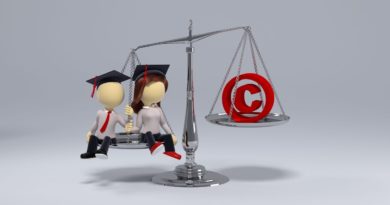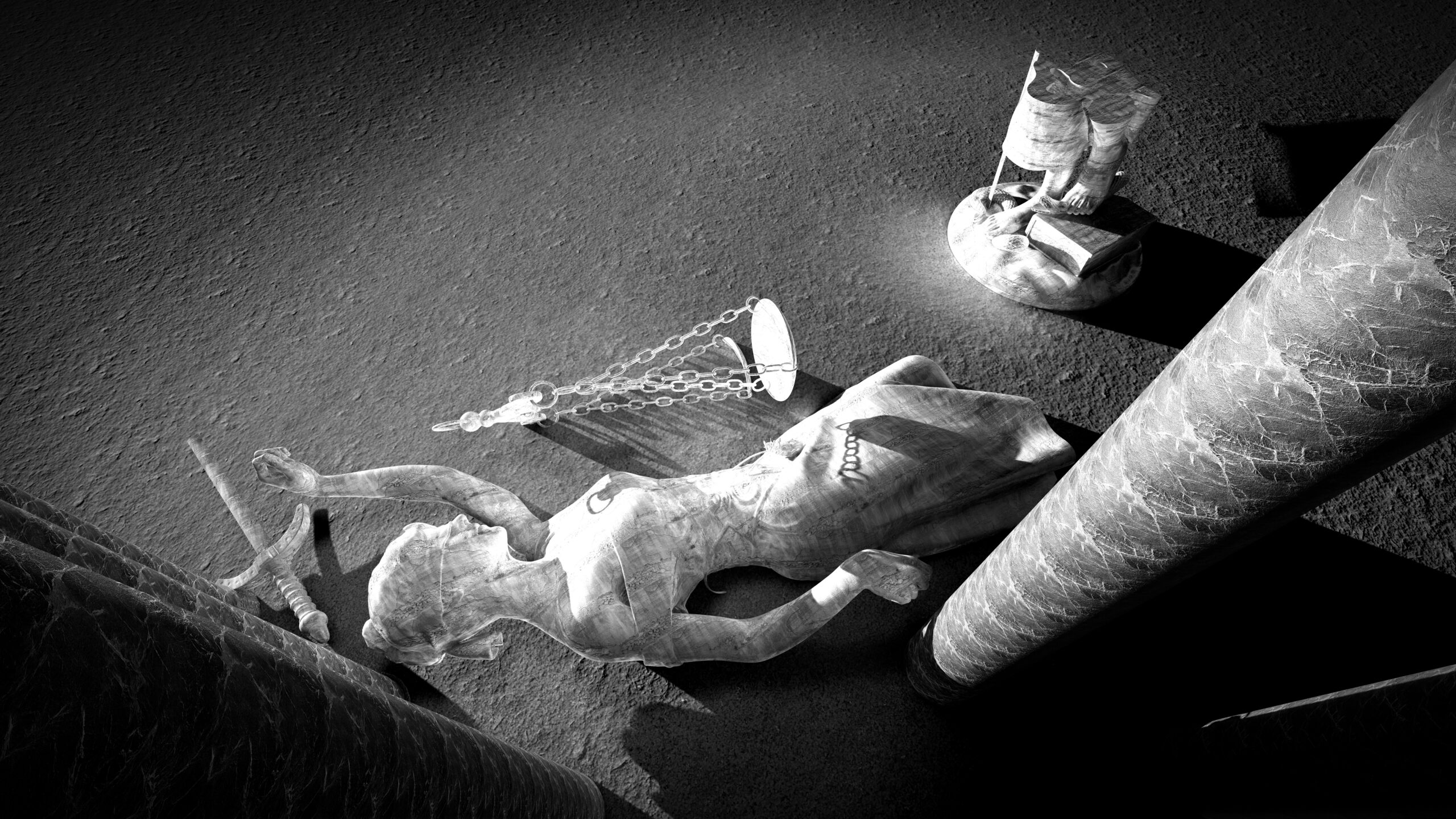Supreme Court’s Jack Daniel’s Decision Clarifies that Traditional Trademark Use “Does Not Receive Special First Amendment Protection,” Even When it Has Expressive Message | Dorsey & Whitney LLP
Humor matters, but it’s not the most important thing when considering a trademark infringement or dilution claim. In a decision with references to The Hangover Part II, Aqua’s song “Barbie Girl” (good luck not getting that stuck in your head if you grew up in the 90’s…), Tommy Hilfiger, and Harley-Davidson, the Supreme Court clarified the interaction of First Amendment protections, on the one hand, and trademark infringement and dilution claims involving “expressive works,” on the other hand.
The bottom line is this: where an accused infringer uses a trademark like a trademark (i.e., to designate the source of its goods or services), the traditional likelihood of confusion analysis applies, even if the mark is also used in an expressive manner. First Amendment considerations like parody and commentary might impact that analysis, but there’s no threshold First Amendment consideration (like the Rogers test) that would prevent or bar this traditional analysis. Further, marks used in connection with commentary, criticism, and parody are not exempt from dilution claims when the mark is being used to designate the source of goods or services.
As discussed in a prior TMCA blog post, this case arises out of Jack Daniel’s trademark infringement and dilution claims against VIP Products based on its “Bad Spaniels” dog toy. The Jack Daniel’s bottle and VIP dog toy are shown here:
Beyond the similarities in the bottle and label, VIP’s product contained other clear nods to Jack Daniel’s, including using “Bad Spaniels” instead of “Jack Daniel’s” and the wording “The Old No. 2, on Your Tennessee Carpet” instead of “Old No. 7 Brand Tennessee Sour Mash Whiskey.” The packaging also included a disclaimer, stating, “This product is not affiliated with Jack Daniel Distillery.”
VIP claimed the dog toy was an obvious parody of Jack Daniel’s products and, thus, entitled to First Amendment protection under the Rogers test and also that the use qualified for an exception to dilution claims where the use is a non-commercial or a fair use in connection with parody, criticism, or commentary of the famous mark. When an “expressive work” is involved, the Rogers test requires dismissal of a trademark infringement claim unless the plaintiff can show that either (1) the challenged use of a mark has no artistic relevance to the underlying work or (2) the work explicitly misleads as to the source or the content of the work. See Rogers v. Grimaldi, 875 F.2d 994 (2d Cir. 1989). The District Court ruled in Jack Daniel’s favor, rejecting application of the Rogers test because VIP used the mark to identify its own goods. It further concluded that the dilution exception did not apply because VIP used the mark to designate the source of its own goods.
VIP appealed to the Ninth Circuit, which reversed and remanded, holding that: (1) the infringement claim could not stand because the “Bad Spaniels” dog toy is an expressive work entitled to First Amendment protection under the Rogers test since it “communicate[d] a humorous message,” and (2) VIP’s parody shielded it from liability for dilution under the non-commercial use exception. VIP Prods. LLC. V. Jack Daniel’s Props., 953 F.3d 1170 (9th Cir. 2020).
On remand and given the Ninth Circuit’s directive, the District Court concluded that Jack Daniel’s could not satisfy the Rogers test and granted summary judgment to VIP. The Ninth Circuit summarily affirmed, and the Supreme Court granted Jack Daniel’s writ of certiorari to determine:
- Whether humorous use of another’s trademark as one’s own on a commercial product is subject to the Lanham Act’s traditional likelihood-of-confusion analysis, or instead receives heightened First Amendment protection from trademark infringement claims.
- Whether humorous use of another’s mark as one’s own on a commercial product is “noncommercial” under 15 U.S.C. § 1125(c)(3)(C), thus barring as a matter of law a claim of dilution by tarnishment under the Trademark Dilution Revision Act.
In the Supreme Court’s majority opinion authored by Justice Kagan (the decision was unanimous, but with two concurrences), the Court first addresses the question, “Should [Jack Daniel’s] have had to satisfy the Rogers threshold test before the case could proceed to the Lanham Act’s [the U.S. trademark law] likelihood-of-confusion inquiry?” The Court holds it should not have, stating:
Without deciding whether Rogers has merit in other contexts, we hold that it does not when an alleged infringer uses a trademark in the way the Lanham Act most cares about: as a designation of source for the infringer’s own goods… When a mark is used as a mark (except, potentially, in rare situations), the likelihood-of-confusion inquiry does enough work to account for the interest in free expression.
The Court parts ways with the Ninth Circuit’s previous holding, making it clear that a mark’s expressive content does not result in automatic application of the Rogers test.
Despite fulsome briefing on the topic, the Court does not actually rule on the validity of Rogers. However, it certainly spends quite a bit of time considering the case’s history and application over the last 30+ years since its inception, citing to cases such as Mattel, Inc. v. MCA Records, Inc., 296 F. 3d 894 (9th Cir. 2002) (finding the song “Barbie Girl” did not use Barbie’s name in a source-identifying capacity and, thus, First Amendment protection was warranted) and Louis Vuitton Mallatier S. A. v. Warner Bros. Entm’t Inc., 868 F. Supp. 2d 172 (S.D.N.Y. 2012) (finding that mention of “Louis Vuitton”—pronounced “Lewis” in the film The Hangover Part II—satisfied the Rogers test because the film did not use the trademark as its “own identifying trademark.”). These courts (including the home of the Rogers test in the Second Circuit) have routinely declined to apply the Rogers test when the marks in question are being used as true trademarks (i.e., to designate source rather than for commentary or pure expression). This aligns with the primary purpose of the Lanham Act, which makes explicitly clear that, when another party uses a mark in a way which confuses consumers as to the source of the goods, infringement has occurred. 15 U.S.C. § 1114(1).
The Court emphasizes that applying the Rogers test in all instances where a mark conveys other expressive content (such as a humorous message) could result in “Rogers [taking] over much of the world. For trademarks are often expressive in any number of ways.” The Court also cites to every trademark attorney’s best friend, McCarthy on Trademarks and Unfair Competition, which agrees that the Ninth Circuit’s expansion of Rogers “potentially encompasses just about everything” because names, phrases, symbols, designs, and their varied combinations often “contain some ‘expressive’ message” unrelated to source. 6 McCarthy on Trademarks and Unfair Competition § 31:144.50 (5th ed. 2022).
Because VIP conceded it was using the BAD SPANIELS trademark and trade dress to “identify and distinguish [VIP’s] goods” and to “indicate [their] source,” the Court concluded that Rogers does not apply. Though VIP attempted to backtrack on those comments during oral arguments, the Court was not persuaded, pointing to the below hangtag that clearly shows the BAD SPANIELS mark situated similarly to the company’s registered SILLY SQUEAKERS Logo.
Despite the inapplicability of Rogers, the Court explained that, on remand, the lower courts should still consider the thrust of VIP’s argument because “[a] trademark’s expressive message—particularly a parodic one, as VIP asserts—may properly figure in assessing the likelihood of confusion.” In other words, where a trademark is truly used as a trademark, expression must be considered in the context of the normal likelihood of confusion analysis rather than as a threshold question. It will be interesting to see whether this directive results in amendment of the infringement factors used by the various circuits, such as the Sleekcraft factors in the Ninth Circuit.
In the second portion of the opinion, the Court swiftly dispatches the Ninth Circuit’s holding that the use of humor and parody constitute noncommercial use which is excluded from dilution liability under the Lanham Act. See 15 U.S.C. §1125(c)(3)(C). The Lanham act provides an exclusion for a claim of dilution when use of a mark constitutes “fair use”, which specifically covers uses “parodying, criticizing, or commenting upon” a famous marks owner. Id. at §1125(c)(3)(A)(ii). Critically, however, this exclusion does not apply when the use is “as a designation of source for the person’s own goods or services.” Id.
In line with its analysis of the first question presented, the Court concludes that, given “the fair-use provision’s carve-out, parody (and criticism and commentary, humorous or otherwise) is exempt from liability only if not used to designate source.” The Ninth Circuit’s expansive view of the non-commercial use exclusion does not align with Congress’s express limit placed on the fair-use exclusion, the Court found.
The concurrences also contain some interesting tidbits. Although the majority opinion declined to rule on the validity of Rogers, the concurrence by Justice Gorsuch (joined by Justices Thomas and Barrett) directly calls into question Rogers, stating that it is “not entirely clear where the Rogers test comes from” and that “it is not obvious that Rogers is correct in all its particulars.” It warns lower courts that they “should be attuned to that fact.” The concurrence by Justice Sotomayor (joined by Justice Alito) warns that courts should “treat the results of surveys with particular caution” where “trademark infringement involves a parody” since “there is a particular risk in giving uncritical or undue weight” to these surveys. It points to one survey answer in this case that will give most IP attorneys instant heartburn: “The bottle is mimicked after the Jack Daniel BBQ sauce. So they would hold the patent therefore you would have to ask permission to use the image.”
In the coming months, the lower courts will likely hear from Jack Daniel’s and VIP as they hash out the likelihood of confusion and dilution aspects of this case, and other courts will continue to refine the Rogers test (so long as it stands) and likelihood of confusion analysis articulated in this case. Keep an eye out on the TMCA blog for further coverage.







